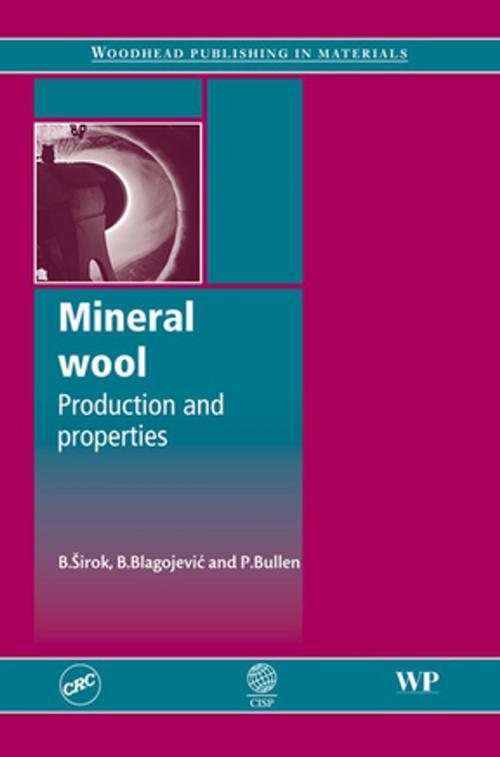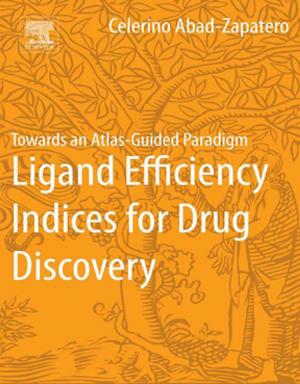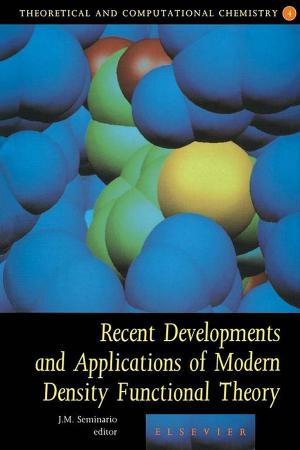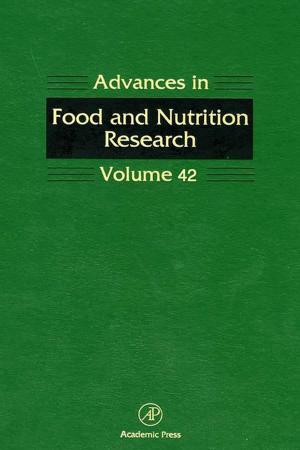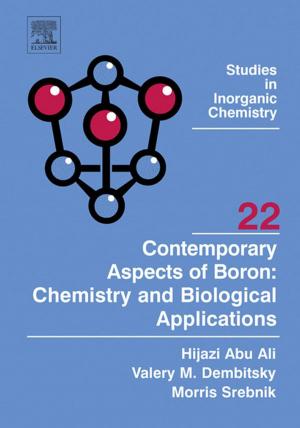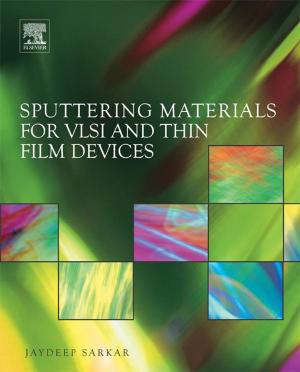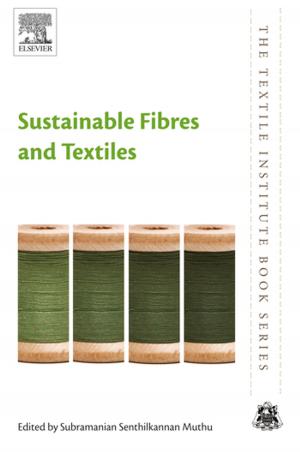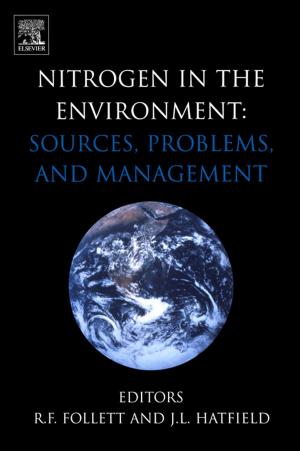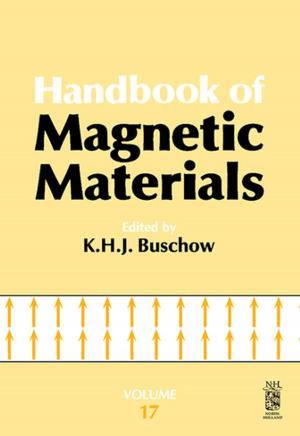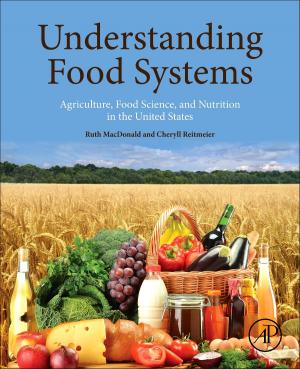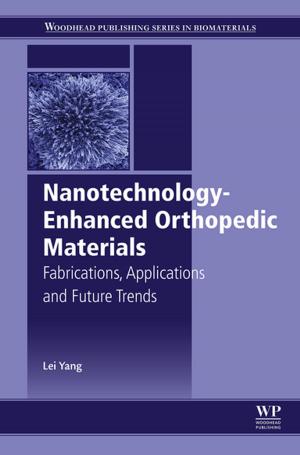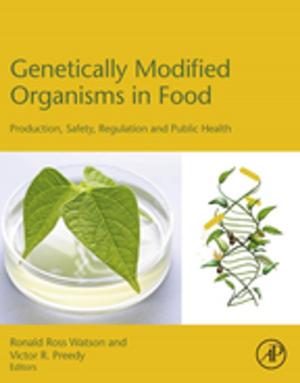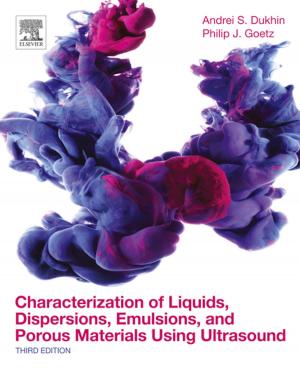| Author: | B Sirok, B Blagojevic, P Bullen | ISBN: | 9781845694456 |
| Publisher: | Elsevier Science | Publication: | May 29, 2008 |
| Imprint: | Woodhead Publishing | Language: | English |
| Author: | B Sirok, B Blagojevic, P Bullen |
| ISBN: | 9781845694456 |
| Publisher: | Elsevier Science |
| Publication: | May 29, 2008 |
| Imprint: | Woodhead Publishing |
| Language: | English |
Mineral wool has a unique range of properties combining high thermal resistance with long-term stability. It is made from molten glass, stone or slag that is spun into a fibre-like structure which creates a combination of properties that no other insulation material can match. It has the ability to save energy, minimize pollution, combat noise, reduce the risk of fire and protect life and property in the event of fire.
Mineral wool: Production and properties describes the technological process of mineral wool production and the physical characteristics of the melt and theoretical bases of multiregression and dimensionless theory. This is followed by the introduction of the fibre cooling model in the blow-away flow and the influence of temperature in the melt film (on the rotating centrifuge wheels) on the thickness of forming fibres.
The second part predominantly focuses on the use of computer-aided visualisation: tools for the diagnostics of fibre and primary layer formation. Special attention is given to the study of aerodynamic characteristics of the airflow which significantly influences the quality of the final product.
Mineral wool: Production and properties is suitable for engineers, researchers and for graduate and postgraduate students who want to broaden their knowledge of experimental methods in this field.
- Describes the technological process of mineral wool production and the physical characteristics
- Focuses on the use of computer-aided visualisation and discusses aerodynamic characteristics of the airflow
- Essential for engineers, researchers and students to gain knowledge of experimental methods in this field
Mineral wool has a unique range of properties combining high thermal resistance with long-term stability. It is made from molten glass, stone or slag that is spun into a fibre-like structure which creates a combination of properties that no other insulation material can match. It has the ability to save energy, minimize pollution, combat noise, reduce the risk of fire and protect life and property in the event of fire.
Mineral wool: Production and properties describes the technological process of mineral wool production and the physical characteristics of the melt and theoretical bases of multiregression and dimensionless theory. This is followed by the introduction of the fibre cooling model in the blow-away flow and the influence of temperature in the melt film (on the rotating centrifuge wheels) on the thickness of forming fibres.
The second part predominantly focuses on the use of computer-aided visualisation: tools for the diagnostics of fibre and primary layer formation. Special attention is given to the study of aerodynamic characteristics of the airflow which significantly influences the quality of the final product.
Mineral wool: Production and properties is suitable for engineers, researchers and for graduate and postgraduate students who want to broaden their knowledge of experimental methods in this field.
- Describes the technological process of mineral wool production and the physical characteristics
- Focuses on the use of computer-aided visualisation and discusses aerodynamic characteristics of the airflow
- Essential for engineers, researchers and students to gain knowledge of experimental methods in this field
